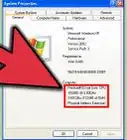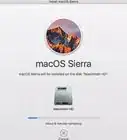This article was co-authored by Garnik Ovsepyan. Garnik Ovsepyan is a Computer Specialist and the Owner of HeliX PC based in Burbank, California. With over 25 years of experience, Garnik specializes in custom computer builds, computer repairs, virus removal, computer tune-ups, hardware and software troubleshooting and installations, diagnostics, and data backup and recovery.
The wikiHow Tech Team also followed the article's instructions and verified that they work.
This article has been viewed 518,840 times.
If Windows is crashing on you consistently, this could either be an issue with a specific piece of software or a more generalized computer performance problem. Performing regular maintenance checks can help prevent freezing, and immediate freeze issues can often be solved by freeing up processor speed and performing large scale diagnostics. This guide discusses ways to increase your computer's run speed in both the short and long term in order to run your Windows software more smoothly.
Steps
Running Large Scale Diagnostics and Reinstalls
-
1Defragment your hard disk. By running the defragmenter, you reorganize the file data and make it easier for your computer to find what it's looking for and less likely to freeze. To access this utility, go to Programs>Accessories>System Tools>Disk Defragmenter.
- Everyday processes scatter your computer's file data physically on the hard disk which then causes the computer to take longer in retrieving them. Defragmenting corrects this issue and may take anywhere from 10 minutes to several hours depending on the size of the disk.
- Read Defragment-a-Disk-on-a-Windows-Computer or Use-a-Disk-Defragmenter for more detailed information.
-
2Format your disk and reinstall your operating system. Sometimes uninstalling and then reinstalling applications can help them to run faster and your Windows operating system is no different. Formatting your hard disk deals with erasing all the files on your primary disk in preparation to reinstall Windows using your original install disc(s).
- Be sure to back up your data first! Formatting means everything on your hard disk will be deleted.
- On Windows 8 and up, you can use Refresh action and Windows will reinstall itself, without any DVDs and deleting your data.
- Check out Reinstall-Windows-7 or Reinstall-Windows-XP for more details on the reinstallation process.
Advertisement -
3Downgrade to a lower operating system. If your system only just meets the minimum requirements for its current OS, downgrading may help improve your performance.Downgrade-Windows-8-to-Windows-7 details one specific operating system downgrade.
Using Quick Fixes to Speed Things Up
-
1Update your applications. Check that your software (including the Windows OS itself) is fully up-to-date. In general the most recent software versions run the smoothest.
- Check on and install Windows OS updates by accessing Windows Update>Check for Updates>Install Updates[1]
- Many software programs will notify you of updates as they become available, but you can also search for the latest versions online or look into software update tools which periodically check for updates and deliver a report.
-
2Close all unnecessary applications. Multiple programs running off screen can take up a significant portion of your computer's operating memory and thus slow it down. To see which programs are running at any given moment, check the icons along your application panel or open the "Task Manager" application.[2]
-
3Limit the programs that open automatically at startup. Access the "startup configuration" tool by searching for "msconfig.exe" and then running the program. Click the "Startup" tab to toggle which programs automatically run upon startup.
- Alternately, Microsoft offers a software download called "Autoruns" that provides similar access and a few more options for software that automatically opens when Windows begins.[3]
-
4Turn off visual effects. Windows has around 20 visual effects (e.g. shadow effects or the way menus open and close) that may also be slowing you down. You can toggle each of these on and off or allow Windows to choose the optimal settings for performance (recommended).
- Access the visual effects settings through Control Panel>Performance Information and Tools>Adjust Visual Effects.
-
5Uninstall any applications you no longer need. To uninstall a program, enter the control panel and click "Add/Remove Programs," select the program you want to uninstall, and click "Change/Remove".
- For more detailed information read how to Remove-Unwanted-Programs-from-Your-Computer.
-
6Delete any files you no longer need. The built-in utility "Disk Cleanup" searches for unnecessary files in order to keep your hard disk uncluttered and improve performance.[4]
- Access Disk Cleanup through Settings>Control Panel>Administrative Tools.
- Remember to empty your recycle bin regularly! Files continue to be stored there unless emptied and can sometimes create slow down.
Practicing Regular Maintenance
-
1Restart your computer on a regular basis. A restart clears your PC's memory and closes all software that may be running behind the scenes. Restarting should be a part of your normal (weekly) routine.
-
2Run a virus scan. More often than not, a Windows freezes because of malware. Regularly running a virus scan identifies then fixes many issues with slow performance. Use Windows' built-in scanner (Defender) or choose from a host of other software options available.
-
3Clean up your Windows registry. This is a step for advanced Windows users and involves changing important system settings, so proceed with caution. Access the registry editor ("regedit") and be sure to save a backup copy before beginning. From the registry editor you can delete old applications, remove unwanted startup items, and adjust user profile settings at the administrator level. Check out Clean-the-Windows-Registry-by-Hand for a step by step rundown.
- Although many 3rd party software registry cleaners exist, taking the time to clean your registry by hand is generally a better idea that will yield better performance results.
-
4Physically open up your computer and clean it. Dust can make even the best computers run slowly. This method involves unscrewing the screws on the side of the computer case and using compressed air to clean the dust inside. Proceed with caution as the inside of your computer can be quite delicate.
- For more details, check out Clean-the-Inside-of-a-Computer.
- Pay special attention to dusting out the heat sink and other fans.
Community Q&A
-
QuestionMy computer freezes only when I play games. I understand it might be a video card problem, but it shouldn't be because I have a very good graphics card. Any advice?
 Qsc9Community AnswerJust because your graphics card is very good does not mean that it could not have problems. Try uninstalling, reinstalling, and updating your graphics card drivers. Scan memory for any errors. If possible, try a different graphics card. Also, make sure that the fan on the graphics card is running so that it's not overheating.
Qsc9Community AnswerJust because your graphics card is very good does not mean that it could not have problems. Try uninstalling, reinstalling, and updating your graphics card drivers. Scan memory for any errors. If possible, try a different graphics card. Also, make sure that the fan on the graphics card is running so that it's not overheating. -
QuestionMy laptop and my tablet both freeze up now , why?
 Community AnswerIf you have two devices that are freezing up, you may have transmitted a virus from one to the other. Run a virus and/or malware scanner and see what you come up with. It might also be a problem with your internet service provider if it's only happening in your house.
Community AnswerIf you have two devices that are freezing up, you may have transmitted a virus from one to the other. Run a virus and/or malware scanner and see what you come up with. It might also be a problem with your internet service provider if it's only happening in your house. -
QuestionI've just bought a 3D scanner (XYZprinting 2.0), but when I connect it to a USB 3.0 port (as per instructions), the PC freezes. The XYZ compatibility software says that compatibility is 'excellent'. Any ideas?
 Lyle SmithamCommunity AnswerCould be a few problems. Maybe the cable provided has an issue - you could try it on a different device, if you have one. Make sure your computer has USB 3.0 ports, and make sure the drivers are up to date. You can look up your computer model and go to the manufacture site for the official drivers. Try different USB ports if the computer has more than one. Often the ports on the desktop front connect to a less-reliable 3rd-party USB controller, while the ones on the back of a desktop go straight to the standard Intel controller.
Lyle SmithamCommunity AnswerCould be a few problems. Maybe the cable provided has an issue - you could try it on a different device, if you have one. Make sure your computer has USB 3.0 ports, and make sure the drivers are up to date. You can look up your computer model and go to the manufacture site for the official drivers. Try different USB ports if the computer has more than one. Often the ports on the desktop front connect to a less-reliable 3rd-party USB controller, while the ones on the back of a desktop go straight to the standard Intel controller.
Warnings
- Be careful when handling any computer hardware as it can be easily damaged.⧼thumbs_response⧽
- Beware of computer viruses online when you make any downloads. Scan zip folders before you extract them, executable files, or anything you deem suspicious.⧼thumbs_response⧽
References
- ↑ http://windows.microsoft.com/en-us/windows/is-computer-up-to-date#1TC=windows-7
- ↑ http://windows.microsoft.com/en-us/windows/view-programs-running-computer#1TC=windows-7
- ↑ http://windows.microsoft.com/en-us/windows/optimize-windows-better-performance#optimize-windows-better-performance=windows-7§ion_3
- ↑ http://windows.microsoft.com/en-us/windows/delete-files-using-disk-cleanup#delete-files-using-disk-cleanup=windows-8
- ↑ https://support.microsoft.com/en-us/kb/186186
About This Article
1. Defragment your drive.
2. Check for updates.
3. Close unnecessary apps.
4. Limit the programs that run at startup.
5. Turn off visual effects.
6. Run Disk Cleanup.
7. Uninstall programs you don't need.
8. Run a malware scan.
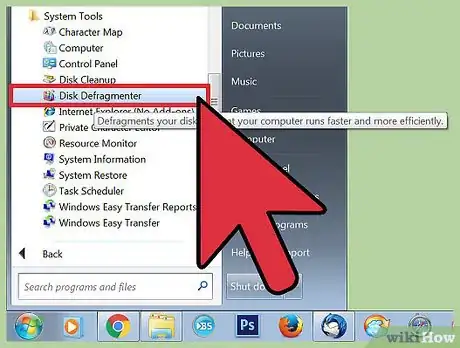
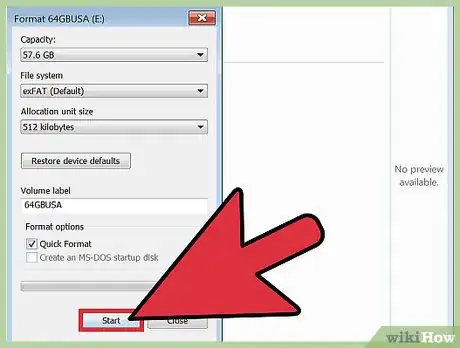
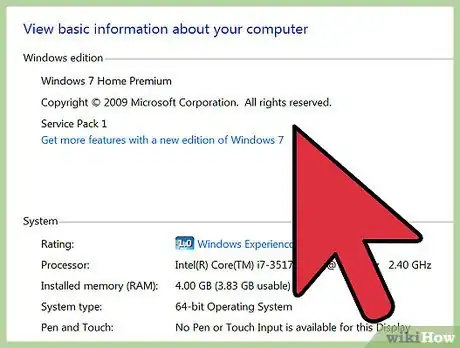
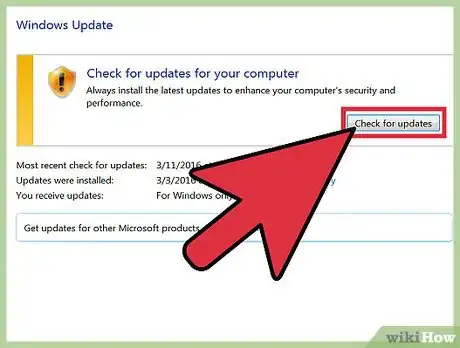
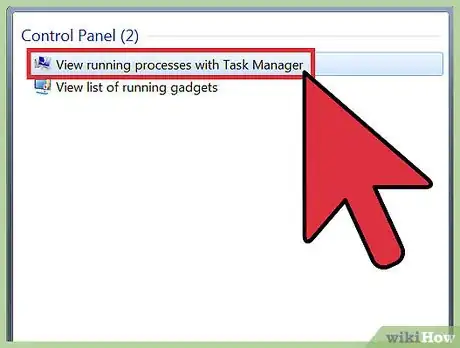
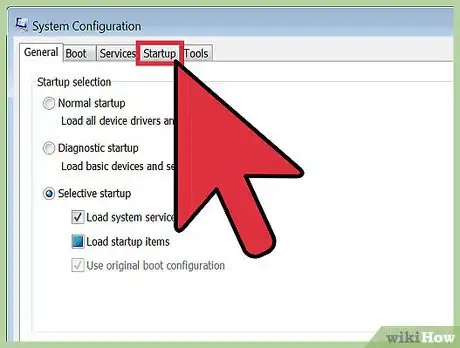
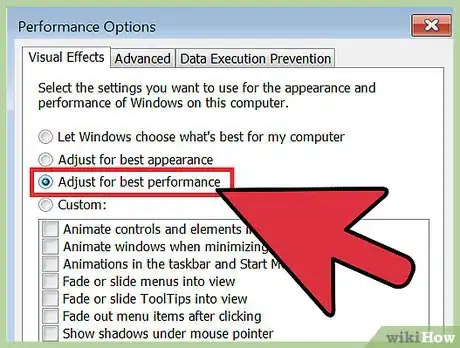
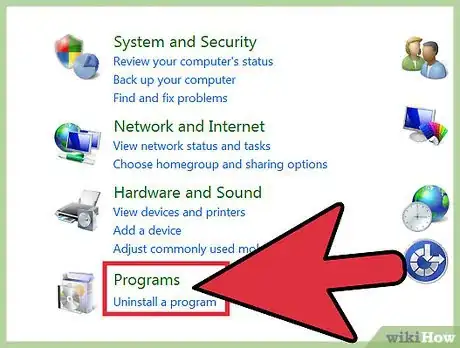
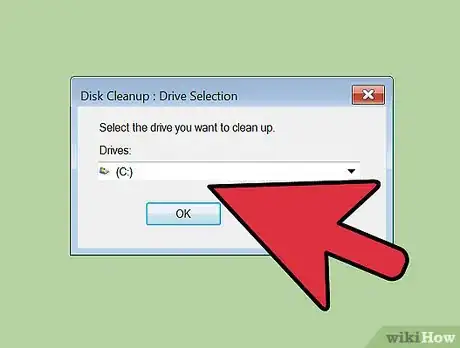

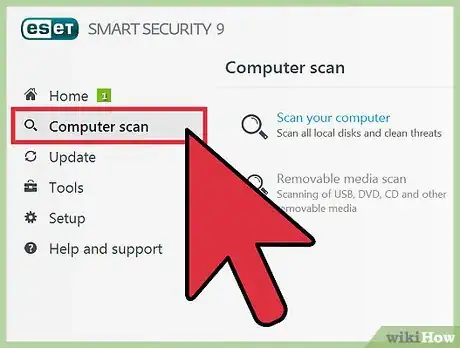
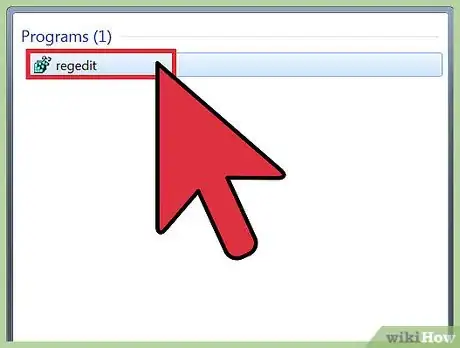
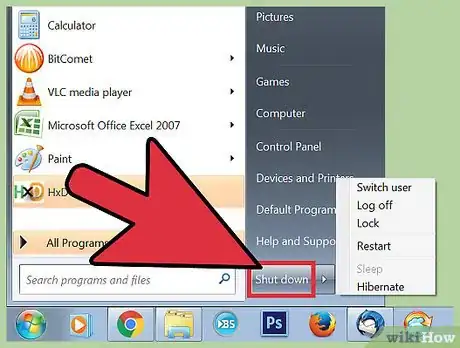
-df--h---1.webp)
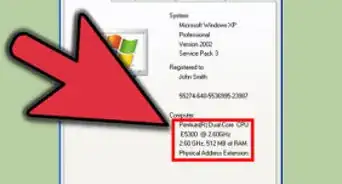

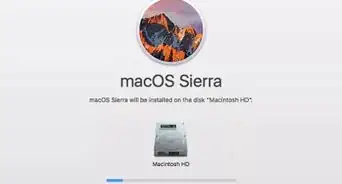

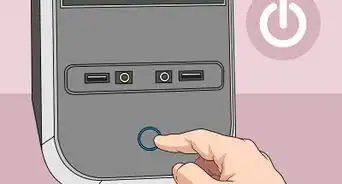
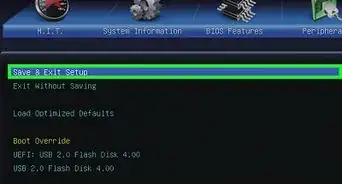
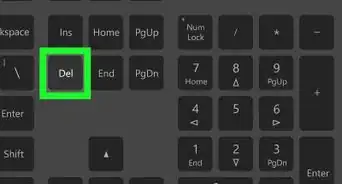
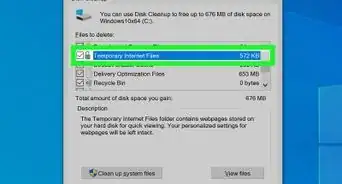
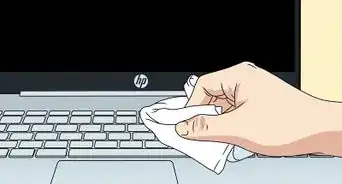
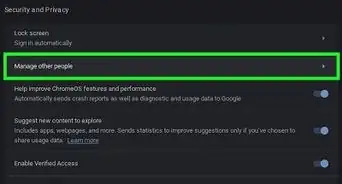

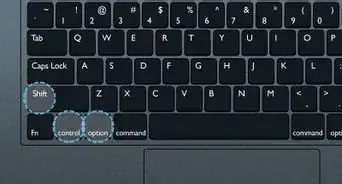
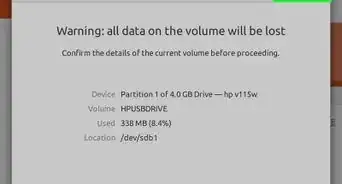








-df--h---1.webp)
